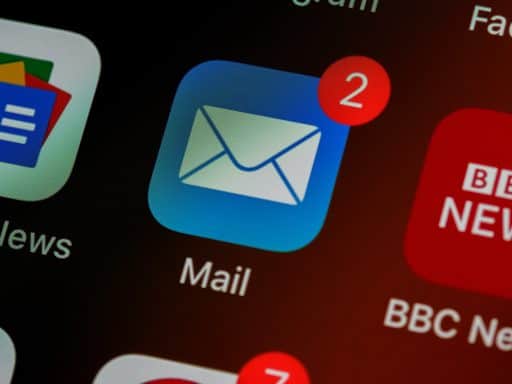
Businesses work hard to improve customer engagement and satisfaction in the fast-paced digital world of today. Customer service has consequently become an essential component of effective marketing strategy. Direct messaging has become a very popular customer care technique, frequently facilitated through live chat and social network messaging apps. Companies can communicate with clients in real-time using this method of communication, offering individualised support, answering questions, and forming enduring connections. By exploring its advantages, trends, and best practices, we will investigate why direct messaging is positioned to become a more significant component of customer support in marketing.
I. The Benefits of Direct Messaging in Customer Service
1. Increased Convenience: Direct messaging provides clients with a simple and convenient way to communicate with businesses. Customers can seek support on their own terms without having to make phone calls or wait for email responses, which increases customer satisfaction.
2. Real-Time Engagement: Thanks to direct messaging, businesses may have rapid interactions and respond to customer complaints. This real-time communication improves customer satisfaction, speeds up response times, and shows a dedication to customer service.
3. Personalisation and Customisation: By using direct messaging, companies may collect crucial client information that enables them to offer customised and individualised solutions. This degree of customisation improves client happiness while also fostering brand loyalty and long-term relationships.
4. Multichannel Integration: Platforms for direct messaging can be combined with a variety of platforms for communication, such as websites, mobile apps, and social networking sites. The bond between the brand and the customer is further strengthened by this integration, which guarantees seamless and consistent customer experiences across several touchpoints.
II. Trends in Direct Messaging for Customer Service
1. Chatbots and AI-Powered Help: With the development of technology, chatbots and artificial intelligence (AI) are becoming more and more common in direct messaging. These clever tools free up human agents to concentrate on big problems by handling simple enquiries, offering automated responses, and even making tailored recommendations.
2. Social media as a platform for customer care: Social media platforms have evolved from being only marketing tools to being centres for customer service. Businesses are using platforms like Facebook Messenger and Twitter, where millions of people are actively participating, to offer real-time customer service, address grievances, and foster good brand perception.
3. A mobile-first strategy: As smartphone use increases, customers are increasingly turning to their mobile devices to get help. As a result, companies are implementing mobile-first direct message strategies to provide optimum user experiences on smaller displays.
4. Integrating Direct Messaging with CRM Systems: CRM systems are essential for controlling customer contacts. Businesses can track customer discussions, acquire insights, and offer individualised experiences based on past data by integrating direct messaging platforms with CRM systems.
III. Best Practises for Leveraging Direct Messaging in Customer Service
1. Timely and Reliable Responses: Direct messaging relies heavily on timely responses. Customers want rapid assistance, thus firms should work to deliver prompt and reliable responses, even if doing so necessitates employing chatbots or automated responses at first.
2. Personalisation and Contextual Understanding: By using direct messaging to greet clients by name and comprehend their particular situation, it is possible to tailor interactions. It is crucial to train customer support representatives to obtain pertinent data and customise responses accordingly.
3. Empathy and Proactive Engagement: Establishing good relationships requires demonstrating empathy and understanding for consumer concerns. Anticipating client requirements and contacting them to give assistance are examples of proactive engagement, which results in a satisfying and customer-centric experience.
4. Analytics and Continuous Improvement: Businesses can find opportunities for improvement by using analytics tools to measure metrics like response times, customer satisfaction scores, and issue resolution rates. The key to improving direct messaging as a customer care tool is routine data analysis and change implementation based on customer feedback.

Key Take Away
- With many advantages for both customers and businesses, direct messaging has become a potent customer service technique in marketing.
- It is an essential tool for raising consumer happiness and fostering brand loyalty because of its simplicity, real-time involvement, personalisation capabilities, and multichannel integration.
- The customer service industry will continue to undergo radical change as a result of the incorporation of AI-powered support, the use of social media platforms, a mobile-first strategy, and the integration of direct messaging with CRM systems.
- Businesses may utilise the potential of direct messaging and improve customer experiences by following best practices like quick responses, personalisation, empathy, and continuous development.
Adopting direct messaging as a crucial element in marketing initiatives will be crucial to staying ahead of the competition and maintaining long-term customer relationships as the customer service landscape continues to change.






